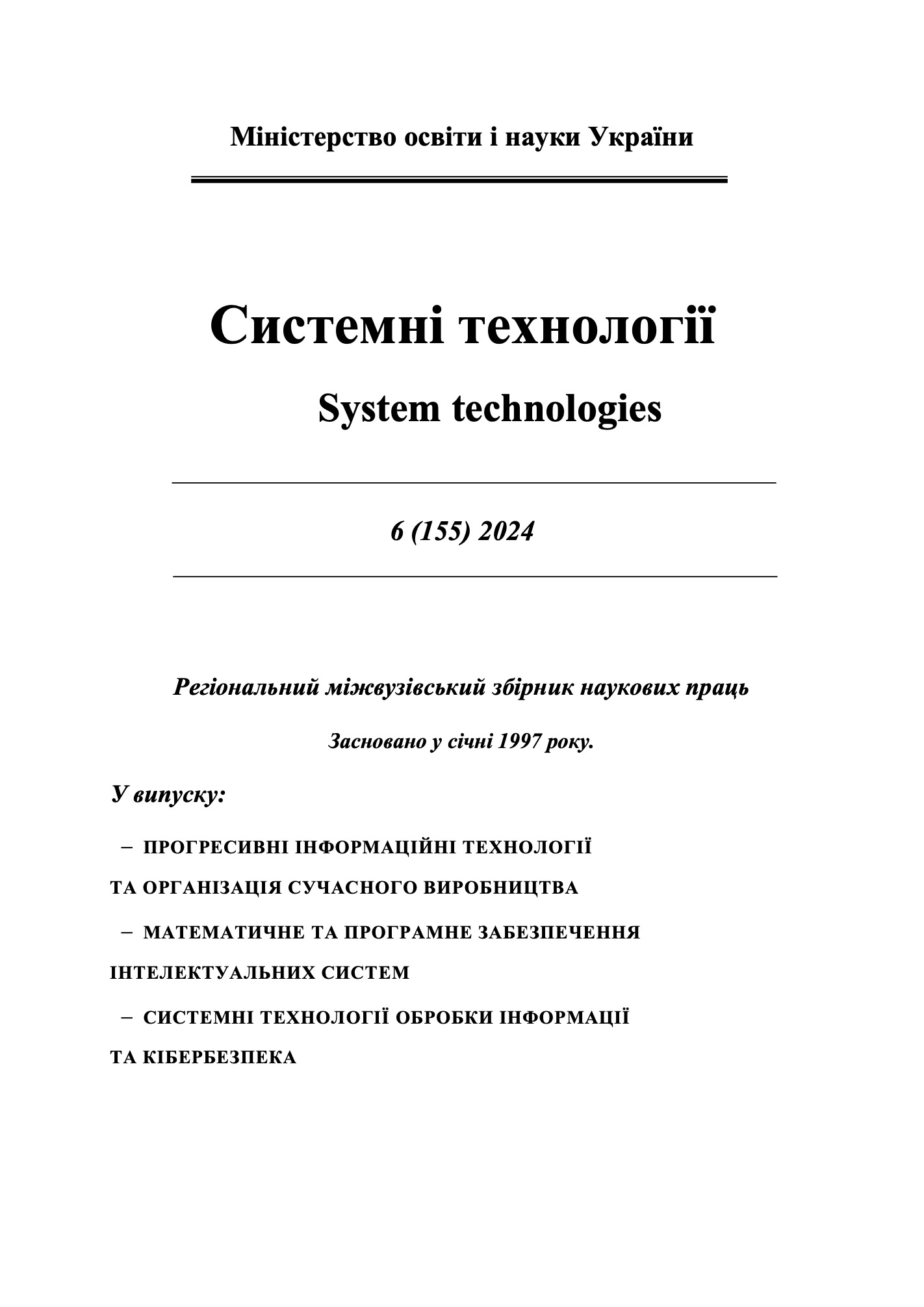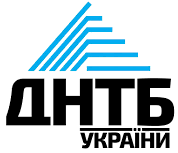Database models for storing big data
DOI:
https://doi.org/10.34185/1562-9945-6-155-2024-18Keywords:
information, database, big data, data storage model, measurement of parameters, environment, ER-diagram.Abstract
The issues related to the formation of large data collections are not fully resolved. The amount of information in the world is constantly increasing, which has resulted in the problem of its storage. The term "big data" created to define this data includes the following characteristics such as quantity, processing speed, variety, reliability, variability and value. This type of information includes environmental characteristics; the data determine the distribution of relevant indicators on the Earth and make it possible to make a forecast for the future regarding their changes in time and space, which is important for economic management and sustainable development of humanity. However, there is not enough information on the effective organisation of the storage and processing of such data, and further research is needed. Thus, the object of the study is the data obtained at environmental monitoring stations. The subject of the study is the storage of data obtained as a result of environmental monitoring. The purpose of the study is to develop criteria for evaluating and comparing different types of data repositories, taking into account specific requirements for their storage; to determine the types of information to be stored in the database; to create an ER-diagram of a particular database. The received data are classified according to the state of the environment, its location and pollution. As the data is obtained from an extended system of observations, it passes in stages from the place of its registration through the city, regional, state and global network to the place of its storage. Accordingly, the following criteria for the information received must be provided such as the ability to store data of various types, quick access and processing, and scalability. There are two main models of data bases such as relational and non-relational, each of them has its advantages and disadvantages. For example, relational (SQL) data storage systems have rigid schemes that ensure the reliability of information storage, but are inefficient for processing a large number of queries and have no significant scalability. Non-relational (NoSQL) systems store data in an unstructured type, are easily scalable, and provide high speed of query processing. Conclusions. The research has shown that non-relational databases are more appropriate for storing data obtained from environmental monitoring stations. A scheme for processing the data was created. The groups of parameters that will be stored in the database are outlined. The main criteria for data storage were developed, allowing for more efficient data organisation. An ER diagram for the database was implemented.
References
Stephens Z. D. Big Data:Astronomical or Genomical? / Z. D. Stephens, S. Y. Lee, F. Faghri [ et al ] // PLOS Biology.– 2015.– №13(7). – e1002195. URL: https://doi.org/10.1371/journal.pbio.1002195.
Vlasenko R. V. Kontseptsiia Big data v Ukraini : perspektyva zastosuvannia v derzhavnykh orhanakh / R. V. Vlasenko // Derzhavne upravlinnia. – 2017. – № 4(60). – S. 97-101.
Steshenko N. L. Tekhnolohii big data yak systema suchasnykh metodiv politychnoho vplyvu / N. L. Steshenko, Ye. V. Bolotina, K. S. Chosta // Rehionalni studii. – 2022. – № 31. – S. 44-48.
Dubey R. Education and training for successful career in big data and business analytics / R. Dubey, A. Gunasekaran // Industrial and Commercial Training. – 2015. – №47(4). – C. 174–181. URL: https://doi.org/10.1108/ict-08-2014-0059.
Shkyrta I. M. Tekhnolohiia Big Data: sutnist, mozhlyvosti dlia biznesu / I. M. Shkyrta, V. F. Lazar // Naukovyi visnyk Mukachivskoho derzhavnoho universytetu. Seriia "Ekonomika" : zbirnyk naukovykh prats / hol. red. T.V. Chernychko. – Mukachevo : MDU, 2019. - Vypusk 2(12). – S.51-56.
Poliuha V. Tekhnolohiia velykykh danykh (Big Data): osnovni kharakterystyky ta perspektyvy vykorystannia v zhurnalistytsi / V. Poliuha // Dialoh: Mediastudii. – 2019. – № 25. – S. 144-154. URL: https://doi.org/10.18524/2308-3255.2019.25.195.
Baig M. I. Big data in education: a state of the art, limitations, and future research directions / M. I. Baig, L Shuib, E. Yadegaridehkordi // Int. J. Educ. Technol. High Educ. – 2020. – № 17(44). URL https://doi.org/10.1186/s41239-020-00223-0.
Santana I. NoSQL Solution for Bioinformatics Data Provenance Storage / I. Santana, W Silva, M. Holanda // New Knowledge in Information Systems and Technologies. Cham: Springer, 2019. – P. 528-537. URL: https://doi.org/10.1007/978-3-030-16181-1_50.
Kirei K. O. Rozvytok i transformatsiia poniattia big data / K. O. Kirei // Visnyk Cherkaskoho derzhavnoho tekhnolohichnoho universytetu. – 2019. – № 1. – S. 33-40.
Erturk E. The Role of Big (Green) Data and Data Analytics in Environmental Sustainability / E. Erturk // Sustainable Futures: Symposium abstracts (Hamilton, New Zealand, 24 November 2020). URL: https://doi.org/10.13140/RG.2.2.19228.10887/1.
Metody vymiriuvannia parametriv navkolyshnoho seredovyshcha: pidruch. / [ H. I. Hryn, V. I. Mokhonko, O. V. Suvorin ta in.]. – Sievierodonetsk : vyd-vo SNU im. V. Dalia, 2019. – 420 s.
Reznichenko O. V. Vykorystannia NoSQL tekhnolohii dlia obrobky velykykh obsiahiv danykh / O. V. Reznchenko, O. A. Liashenko // Molod: Nauka ta Innovatsii : XI Mizhn. nauk.-tekhn. konf. stud., asp. ta mol. vchenykh, 22-24 lystopada 2023 r.: zb. mater. – Dnipro: NTU «Dniprovska politekhnika», 2023. – S. 27-28.
Hnatushenko V. V. Non-relational approach to developing knowledge bases of expert system prototype / V. V. Hnatushenko, Vik. V. Hnatushenko, N. L. Dorosh, N. O. Solodka, O. A. Liashenko // Naukovyi Visnyk Natsionalnoho Hirnychoho Universytetu. – 2022. – № 2 (188). – P. 112 - 117. URL: https://doi.org/10.33271/nvngu/2022-2/112.
Liashenko O. A. Sravnitelnyj analiz vypolneniya zaprosov k serveram baz dannyh MYSQL i MONGODB / O. A. Liashenko, O. O. Konashkov, N. A. Solodkaia // Visnyk Khersonskoho natsionalnoho tekhnichnoho universytetu. – 2019. – № 4 (71). – C. 114 - 124. URL: https://doi.org/10.35546/kntu2078-4481.2019.4.13.
Liashenko O. A. Analiz proizvoditelnosti baz dannyh POSTGRESQL/POSTGIS i MONGODB dlya geoprostranstvennyh zaprosov / O. A. Liashenko, C. N. Lytvynov, N .A. Solodkaia // Visnyk Kremenchutskoho natsionalnoho universytetu imeni Mykhaila Ostrohradskoho. – 2019. – № 6 (119). – S. 60 – 67. URL: https://doi.org/10.30929/1995-0519.2019.6.60-67.
Holovko A. O. Proiektuvannia zastosunku shchodo pidboru zhytla z vykorystanniam reliatsiinoi ta nereliatsiinoi baz danykh / A .O. Holovko, O. A. Liashenko // Kompiuterne modeliuvannia ta optymizatsiia skladnykh system (KMOSS-2023): VIII Mizhnar. nauk.-tekhn. konf., 1-3 lystopada 2023 r.: mater. konf. – Dnipro: DVNZ UDKhTU, 2023. – S. 157-158. URL: https://udhtu.edu.ua/wp-content/uploads/2023/11/zbirnyk-tez-kmoss-2023.pdf.
Downloads
Published
Issue
Section
License
Copyright (c) 2025 System technologies

This work is licensed under a Creative Commons Attribution 4.0 International License.















